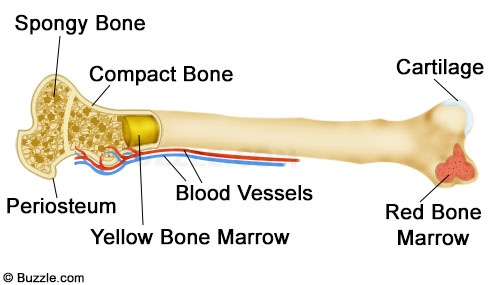Taha Hinengaro
What is Taha Hinengaro?
Taha Hinengaro is one of the four dimensions of Hauora, a maori philosophy. In English, it translates to Social/Mental well-being. Taha Hinengaro revolves around your mental and social health. It is about taking care of your thinking, and feeling. It is important to take care of Taha Hinengaro, because if we don't, it could make us mentally sick, we wouldn't feel a sense of belonging, it would be hard to find purpose, etc.
How do I keep my Taha Hinengaro healthy?
There are many ways to take care of your Taha Hinengaro. One important thing that relates to everything, is to take time for yourself.
Examples -
- Accept who you are as a person.
- Control your feelings, but feel whatever you need to feel.
- Seek help when feeling lost or confused.
- Have a growth mindset.
- Relax, and take time for yourself.
- Accept that things will not always go your way, but it will get better.
- Go somewhere where you feel safe.
- Let your feelings out. (Talking to someone, journalling, etc)
- Play some brain games.
- Spend time with others; don't be alone all the time.
How is Taha Hinengaro demonstrated in real life?
Taha Hinengaro is demonstrated all the time. We think, we feel, but we may not notice it. In school, we may feel a little pressured or stressed out with our work, but we should learn to relax, have a growth mindset, and turn that pressure or stress into determination. Taha Hinengaro can also relate to bullying, feeling left out, not feeling good enough, etc. If you are being bullied, or feel any of these things that have a negative impact on your health, you should try some of the examples shown above. People with a balanced Taha Hinengaro are more likely to be happier in life.
*This picture I drew is of someone helping out someone else when they are going through a hard time.




